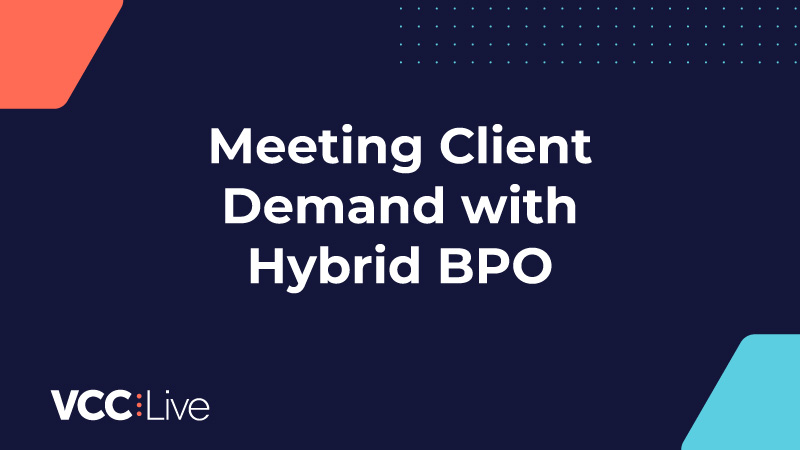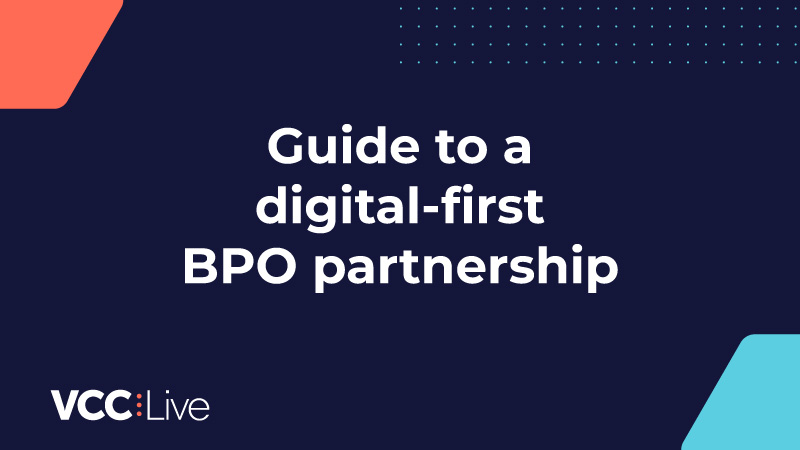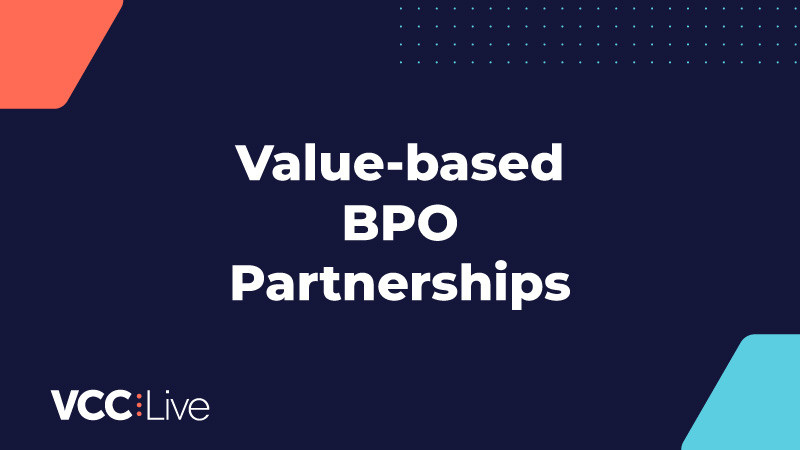Your company’s success depends greatly on your ability to sell. But in our ever-competitive business environment, having a great sales team is no longer enough. You also have to be able to approach customers with the right message at the right time.
These days, customers are always on the go and simply do not have time to answer calls that are not relevant to them. Instead, they expect businesses to be familiar with their purchase history and reach out with personalized offers.
And this is where the five stages of the customer buying process come in handy. These stages describe the steps customers go through when deciding to purchase a product or service.
Put simply, if you can identify which stage your customer is at, you’ll not only be able to empower your sales reps to sell more effectively but also level up your sales strategy.
Below, I’ll explain to you the 5 (+1) stages of the customer buying process and how you can leverage each of them. Don’t miss out on this one!
1. The honeymoon stage
The first stage after any purchase is the ‘honeymoon’ stage (also called the ‘satisfaction’ stage). The name speaks for itself: this is the stage right after a purchase when customers are (ideally) very satisfied with the product or service they just purchased. The ‘honeymoon’ stage can last days, weeks, months or even years, depending on the product purchased.
Since customers are happy at this stage, it is very likely that they are not considering making a new purchase. Therefore, cold calls and offer-making at this stage is simply a waste of time.
What you can do, instead, is to reach out and start building relationships with your customers. Try and discover as much as you can about their situation, and also get as much information about them as you can. And don’t forget to reach out to them again when their second stage begins!
2. The problem stage
Nothing lasts forever, and that’s also true for the buying cycle. In the customer buying process, right after the honeymoon period, the problem stage begins.
During this stage, customers start to notice shortcomings of the product or services they purchased. Since these are usually minor issues, it’s still too early to make direct offers, as customers are not ready to make new purchases yet.
As such, the problem stage is an ideal time to reach out again, identify the problems customers are experiencing, and subtly highlight how these problems could affect their everyday life in the long run.
3. Decision to change
In the customer buying process, the ‘decision to change’ stage is when product or service problems have started to build up and customers begin to realize it’s time to make a new purchase.
As you can see, slowly but surely you’re getting there. But, again, instead of rushing into making a hasty offer, what you need to do at this stage with customers is to try and obtain commitment to change from them.
When you reach out, make sure to list the problems you already talked about and offer the possibility of an alternative solution. Example: “based on our last conversation, if I understood correctly, you are experiencing the following problems (…). Did you consider looking for an alternative solution?”
4. The investigation stage
The next stage is the investigation stage, where you’re just one step away from actual selling. Once a customer has recognized they have issues with their product or service and decide to change, the investigation stage of the customer buying process can begin.
As the customer is already looking for an alternative, this is where your sales reps will need to act quickly and take things to the next level.
At this stage, make sure to get specific about customer needs, prioritize what the most important things are to them and prepare to make a personalized offer. Guide them closely through this stage and you will be able to ensure that at the end of the sales cycle they will choose your product or service.
5. The purchase stage
After proper investigation, customers move to the purchase stage, where actual selection takes place. By now, the customer has investigated multiple options and is about to select a certain product based on their experience in earlier stages.
At this point, however, they may still change their minds and decide to walk away. As such, this is the stage in the customer buying process where you’ll need to step up the game to make sure customers choose you over the competition.
Make sure to highlight the value of your product or service and list its advantages, and remind them why they wanted to purchase your product in the first place.
Once they are convinced, the time has finally come to make an actual offer and get the customer to make the purchase.
+1 The follow-up stage
Just because a purchase has been made, it doesn’t mean your job is done. Indeed, after a new purchase, customers immediately start to evaluate whether they made the right decision to choose your product or service. As mentioned above, the ‘honeymoon’ stage will likely wear off after a while.
But even if they are satisfied with their decision at the moment, you should not leave them alone. Customers expect businesses to offer them a fully personalized buying experience, and following up is definitely part of the deal.
As such, make sure you do this, asking them if they have any questions and reassure them about their decision. Remember, a future purchase might depend on your post-sale attitude!
So, there it is, the five stages of the customer buying process. As you can see, actual selling takes place only towards the end of the process, and with good reason: rushing into making a hasty offer may easily scare your potential customers away. Instead, make sure to understand the stages they are going through and target them with the right message at the right time!



















